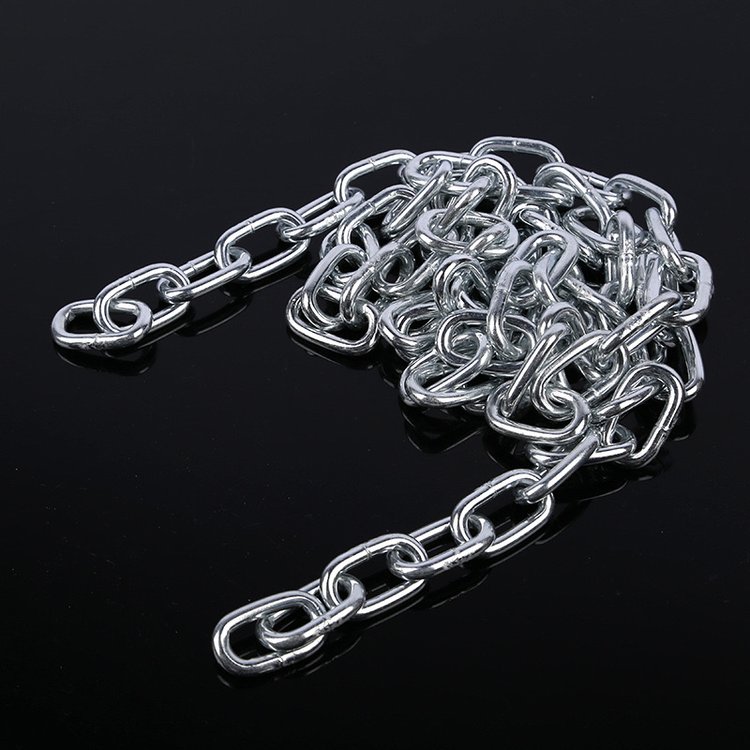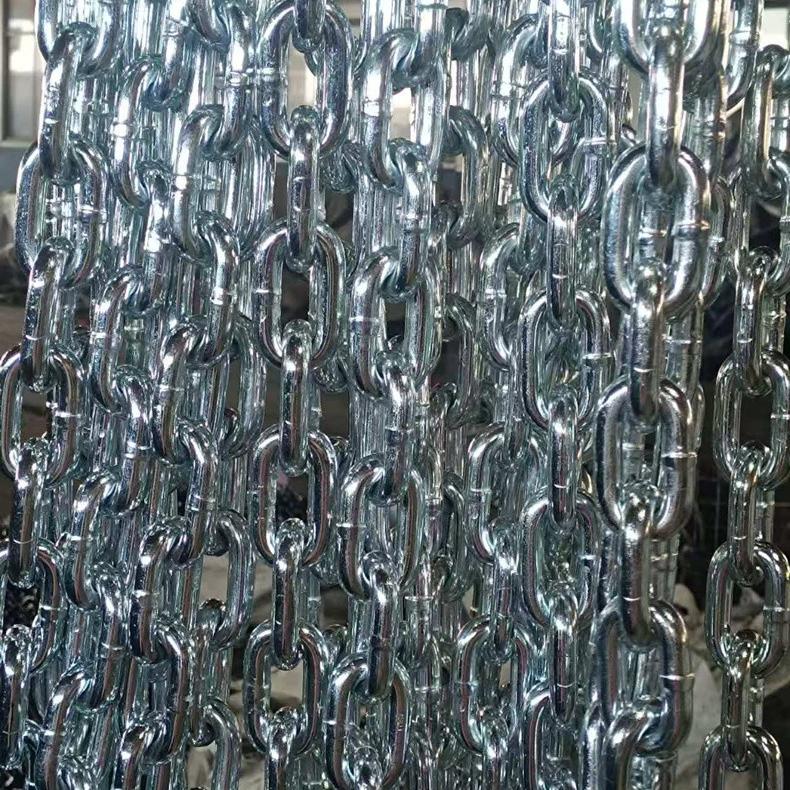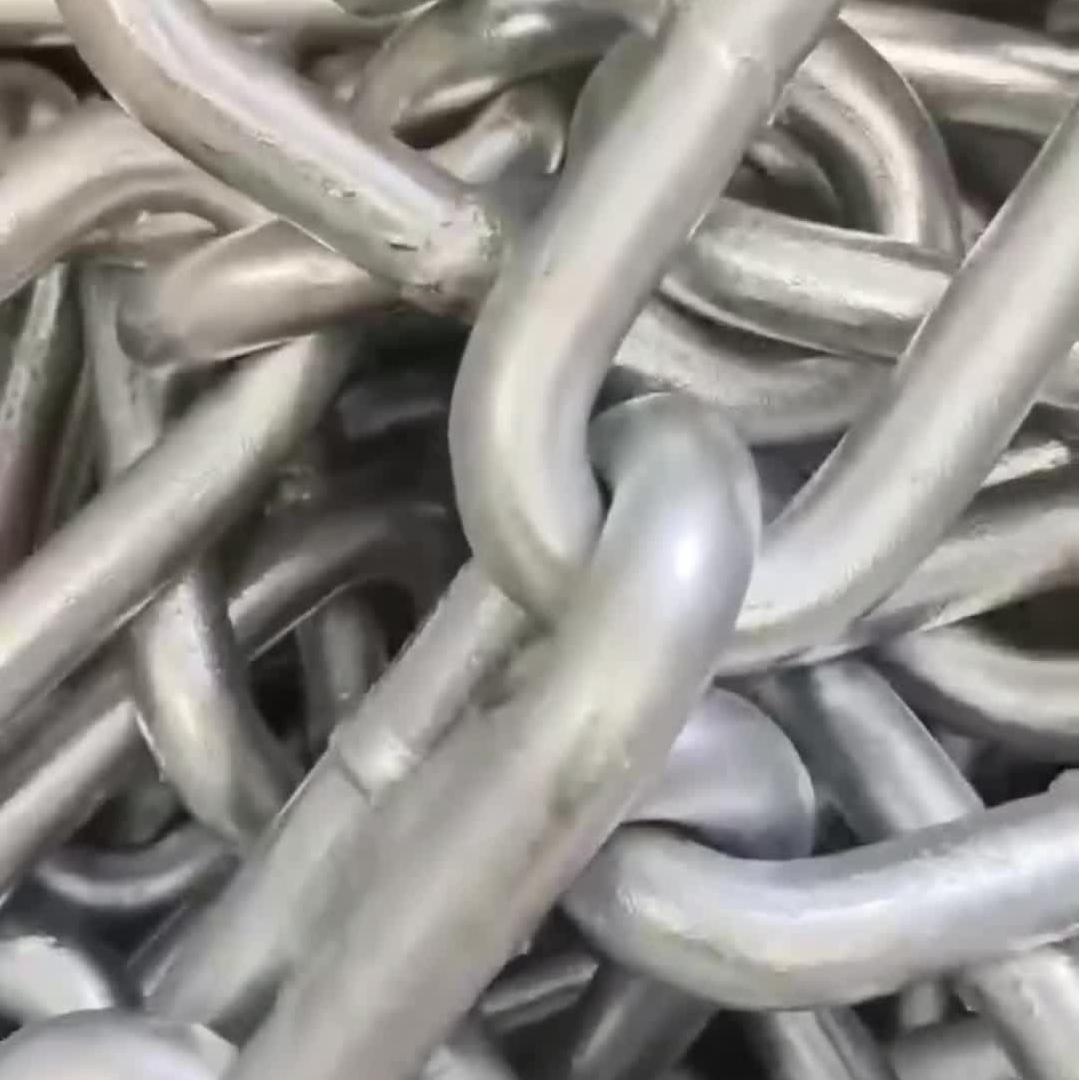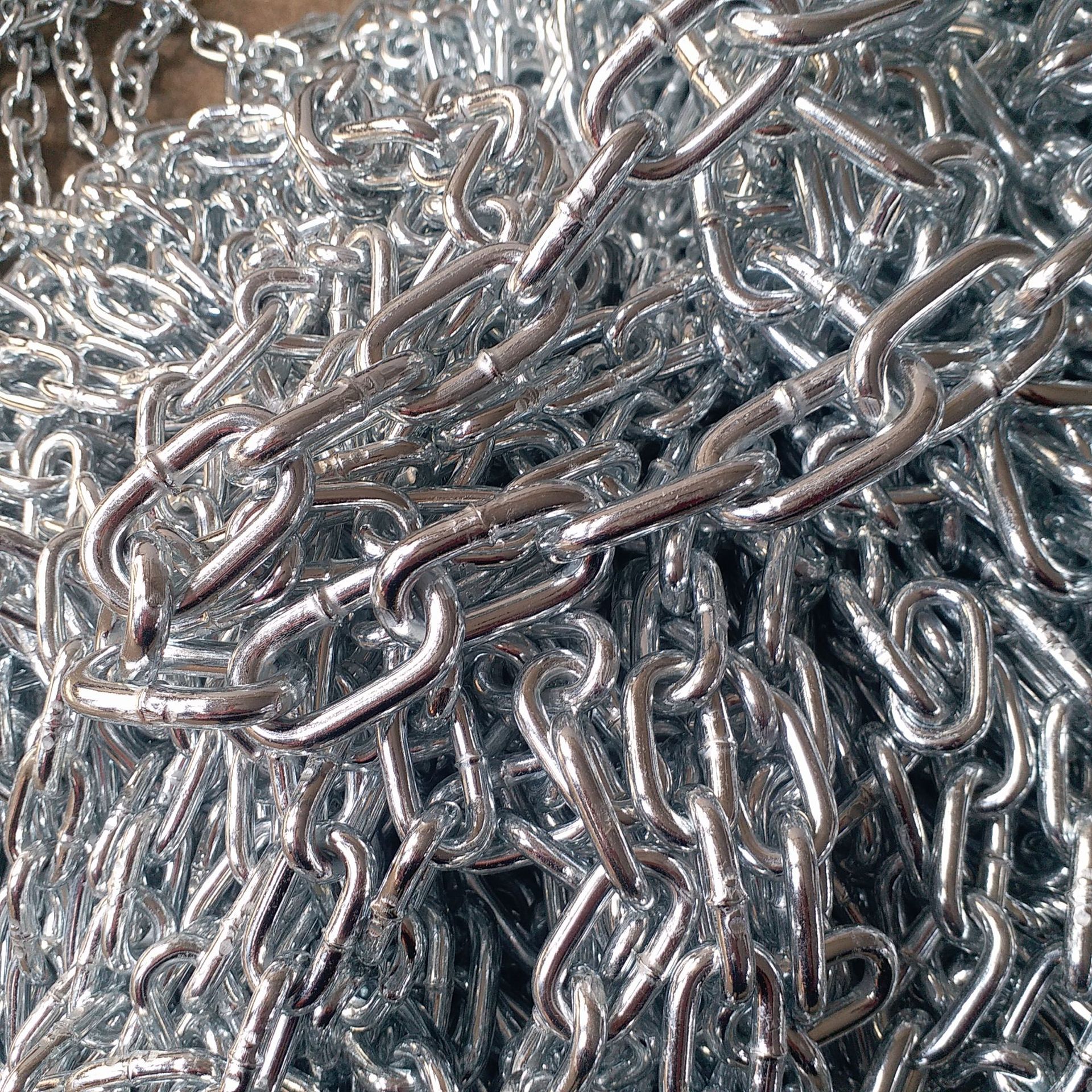Our staff will contact you within 12 hours, You can also contact us through the following ways:
Contact US WhatsApp: +86 18263873187
- Email: [email protected]
- Tel: +86 18263873187
- Web: www.lifting-chain.com
Outdoor yards, ports, and shipyards push hardware through salt spray, rain, and grime, so many planners specify galvanized lifting chains to slow red rust and cut cleaning time. Yet zinc finishes behave differently: an electro-galvanized layer focuses on tight fit, while a hot-dip galvanized shell fights long exposure. This guide explains both finishes, maps typical use cases, and shows how to check dimension changes, edge protection, and chemistry limits. You can size a lifting chain by the table, choose the right finish by the environment, and document the checks before you browse chain slings for sale for your next chain lifting job.
Zinc protects steel by serving as a sacrificial layer, so corrosion attacks the coating first. The finish helps you manage appearance and maintenance cycles; however, galvanizing does not raise Working Load Limit (WLL). You still size by grade, diameter, and angle factors, and you still treat hooks, shorteners, and master links as a matched system. Keep the lifting math honest, then use coating to solve environmental problems—not capacity problems.
Electro-zinc deposits a thin, even layer with tight control. Planners pick EG when components must slide through pockets, run over calibrated wheels, or meet strict pitch and gauge tolerances. You keep the link surface smooth, you reduce risk of binding, and you simplify visual inspection indoors or in light outdoor duty. EG suits intermittent weather, indoor humidity, and equipment enclosures where you want a clean look and minimal dimensional growth.


Hot-dip galvanizing immerses the chain in molten zinc, so the coating builds thicker and wraps edges, weld toes, and micro-cracks more thoroughly. Ports, shipyards, bridges, and long-term outdoor staging benefit from that heavier shield. You accept a slightly rougher surface and a measurable dimensional increase, then you exchange that for longer time between maintenance rounds in harsh exposure.


Attribute | Electro-Galvanized (EG) | Hot-Dip Galvanized (HDG) |
Coating character | Thin, uniform, smooth | Thick, robust, edge-wrapping |
Dimensional impact | Small; supports tight pitch/fit | Noticeable; check fit after coating |
Visual finish | Fine, bright | Matte to spangled, rougher |
Best environments | Indoor humidity, intermittent rain | Long outdoor duty, salt spray, yards |
Fit checks | Pitch, pocket, wheel, throat | Pocket and wheel clearance, hole pass-through |
Maintenance cadence | Shorter cycles in harsh weather | Longer cycles in harsh weather |
WLL effect | No change—size by grade and table | No change—size by grade and table |
Result: choose EG when tolerance rules; choose HDG when exposure rules.
Coatings change surfaces, yet geometry keeps control. Lock the angle to vertical between 15° and 60°, multiply the load by the correct mode factor, and select the first diameter whose WLL exceeds the result. Protect links anywhere they touch edges; pads or spreaders cut wear and remove hidden stress risers.
Edge Radius Reductions (apply only when you cannot add pads)
Edge radius (R) vs link Ø (d) | Capacity rule |
R ≥ 2d | Use the table value (no reduction) |
R ≈ d | Multiply by 0.7 |
Sharp edge | Multiply by 0.5 |
Record the radius assumption in the lift plan. You create a repeatable method that auditors recognize and crews can follow.
Acids, strong alkalis, and pickling lines attack zinc rapidly. If a sling contacts aggressive media, rinse with cold water, dry thoroughly, and send it for competent inspection before reuse. Follow the published temperature envelope for the chain grade: run at full rating from −40 °C to +200 °C, derate 10% for 200–300 °C, derate 25% for 300–400 °C, and remove the assembly from service outside that range. Coating choice does not widen these limits, so you plan lifts the same way for EG and HDG.
Galvanizing can shift effective diameter and pitch. You avoid surprises when you test the assembly with the mating hardware listed on your drawing.
Fit point | What to check | How to clear issues |
Hook throat | 10% clearance at the load point | Step one size, or change hook style |
Wheel or pocket | Free travel and no binding | Deburr edges; consider EG or re-machine pocket |
Hole or slot pass-through | Smooth entry and exit | Gauge with the thickest link; confirm both directions |
Master link seating | Full seating in crane hook bowl | Use proper sub-assembly; avoid tip loading |
Shortening device | Positive engagement of grab profile | Verify grade match and latch action |
Document the check results in the job packet so the site team rigs once, not twice.
Hang slings on racks in a dry, ventilated room. Wipe off salt and grit after exposure, then apply a light protective oil for long storage (stainless assemblies do not need the oil film). Inspect before every shift and schedule thorough examinations by a competent person. Retire the set when you find any of the following: average link diameter reduced by 10%, five-link pitch growth of ≈3%, hook throat opening growth >10%, cracks, deep nicks, heat tint, stiff articulation, or lost ID. These triggers keep the system predictable regardless of coating.
Define environment: salt spray, rain/snow, chemical mist, or indoor humidity.
Confirm fit needs: calibrated wheels, guide slots, or tight pitch control.
Size from the WLL table using grade, legs, and angles.
Test-fit after coating: throat clearance, pitch, and pass-through.
Record coating type, batch, visual condition, and any touch-ups.
You can now compare EG and HDG lifting chain options by evidence rather than habit.
Choose EG for indoor process lines where chains run through guides, pass over wheels, or seat into precise fixtures. The thin, even layer keeps tolerances honest and simplifies cleanliness checks. Choose HDG for ports, shipyards, bridges, and outdoor staging where wind-driven rain and salt spray hit every day. The thick, wraparound shell protects edges and weld toes better, so crews spend less time cleaning and more time moving steel. If your drawing mixes precise fit with harsh weather, test EG first; if binding appears, trial HDG plus pocket re-work or add pads and spreaders to reduce contact stress.
Match environment to finish—EG for tight fit, HDG for long exposure—then size by grade and angles to keep every chain lifting plan consistent while you compare chain slings for sale and select the exact lifting chain configuration you need.